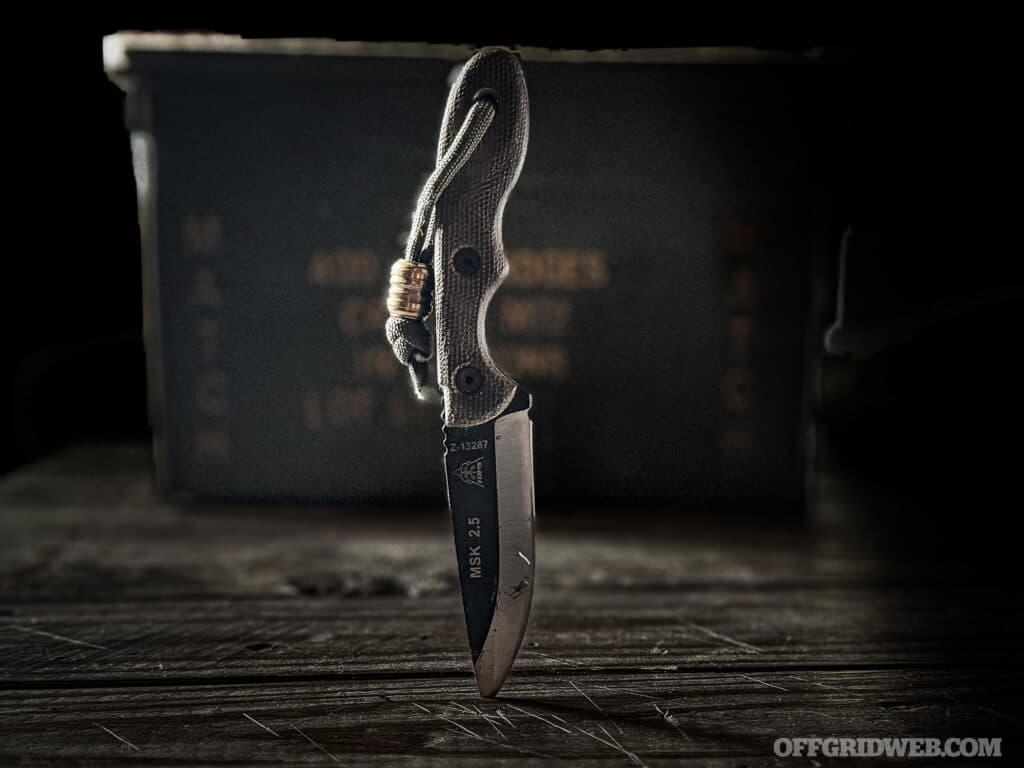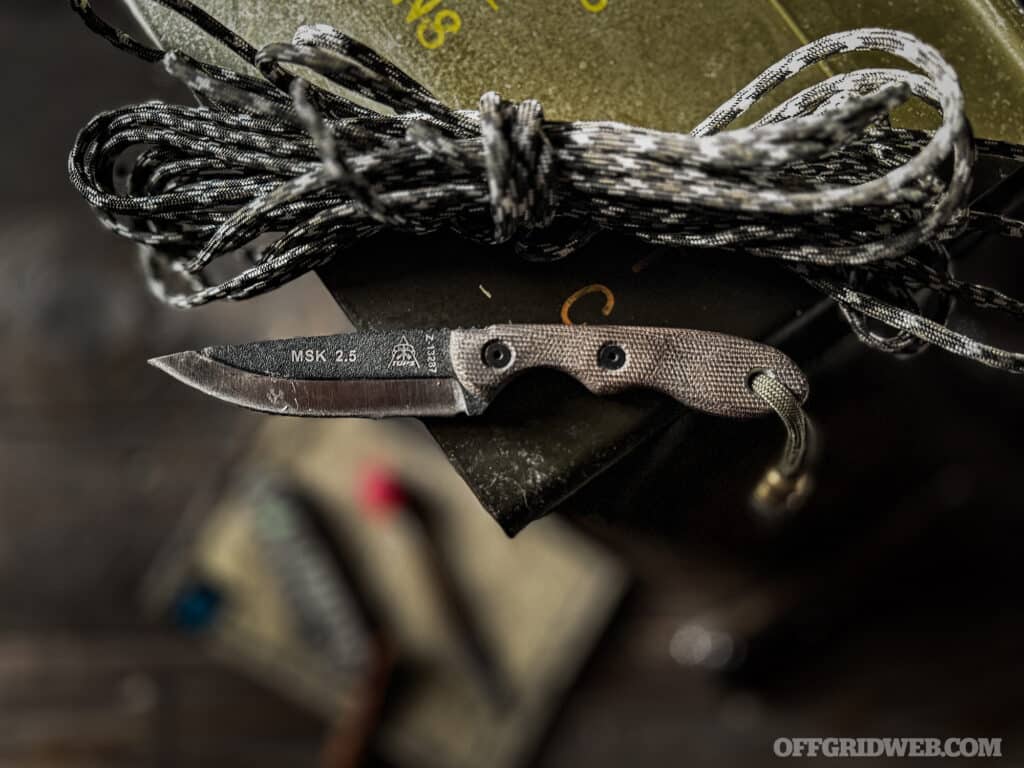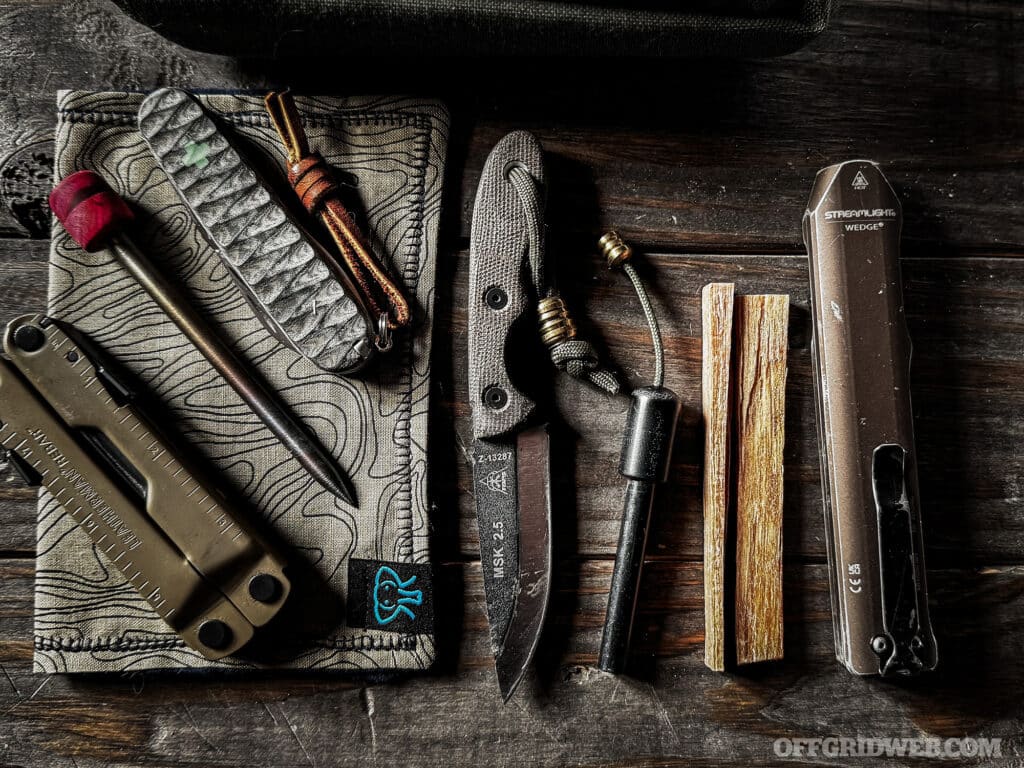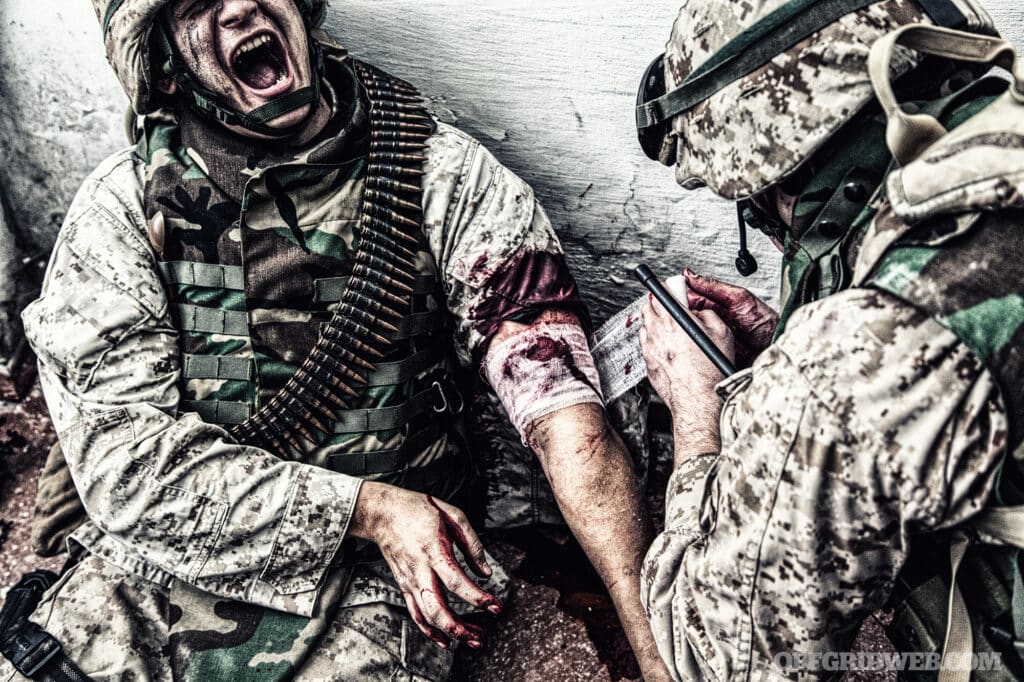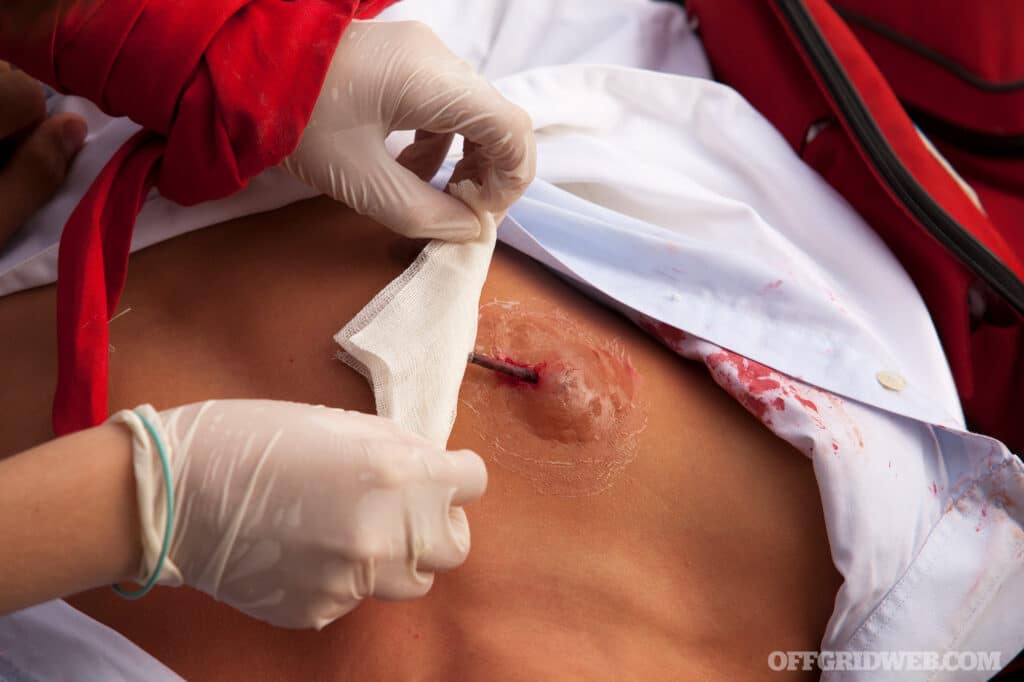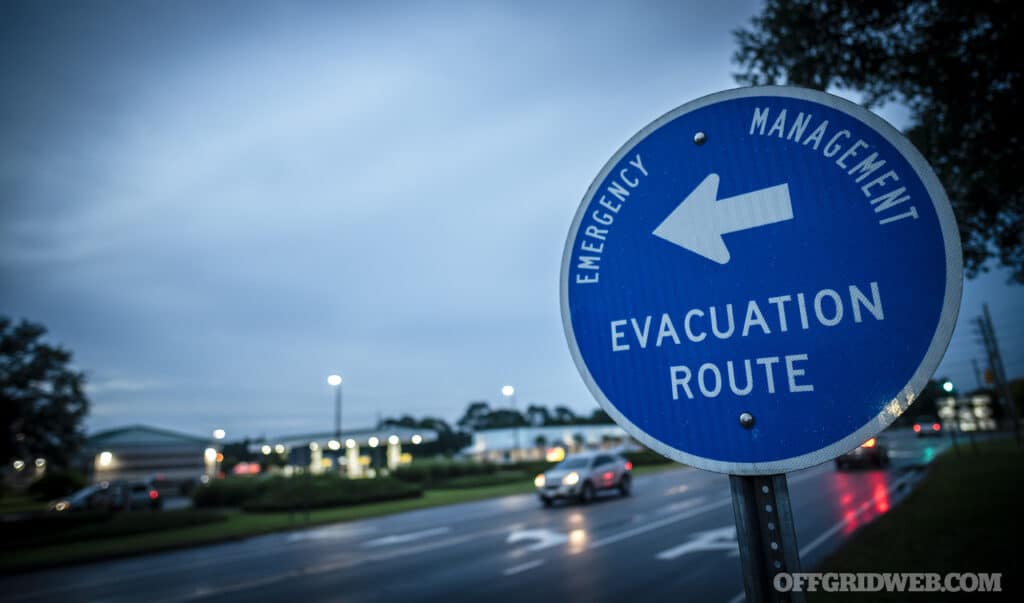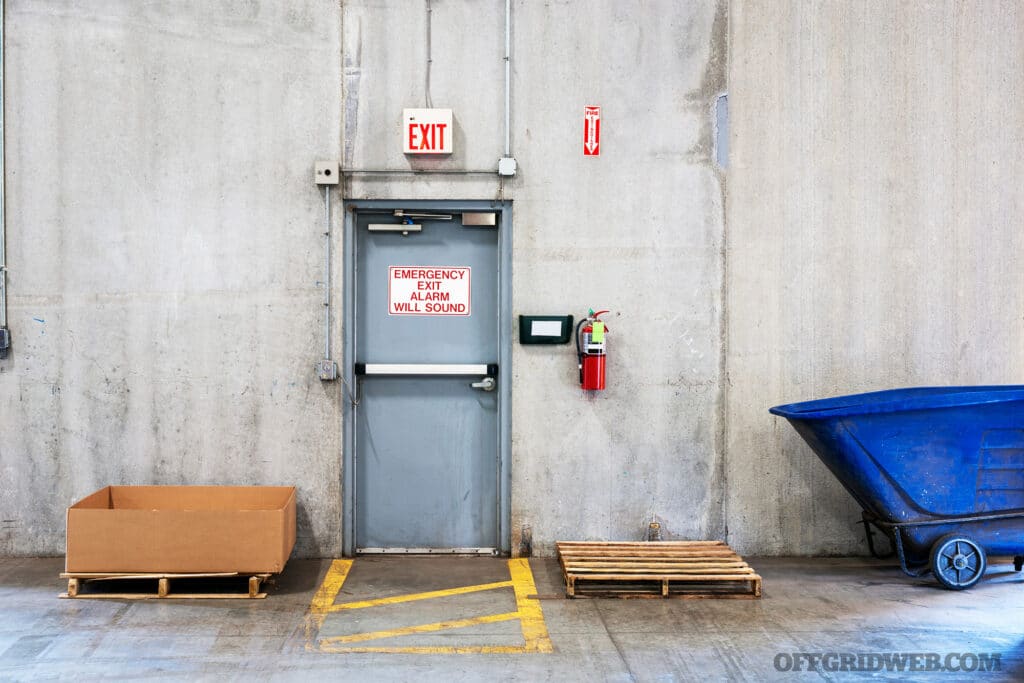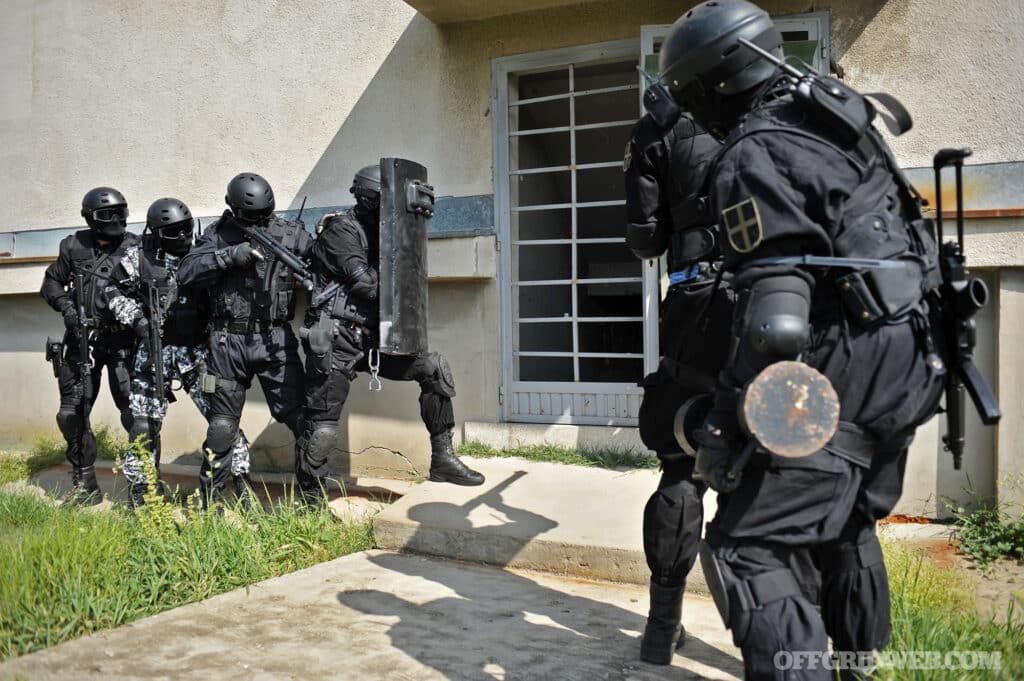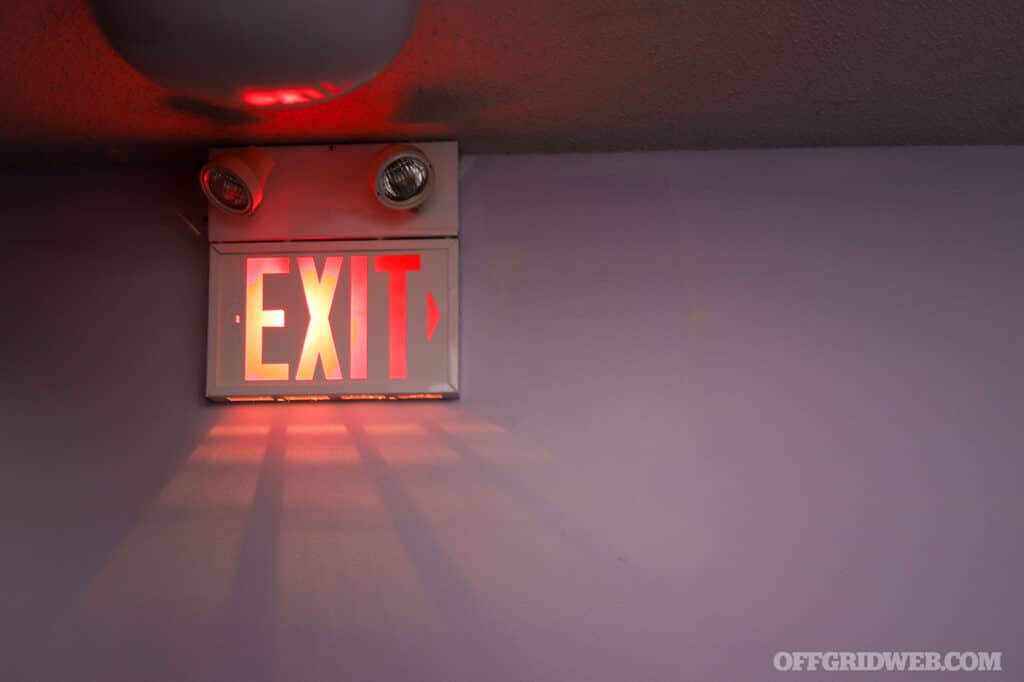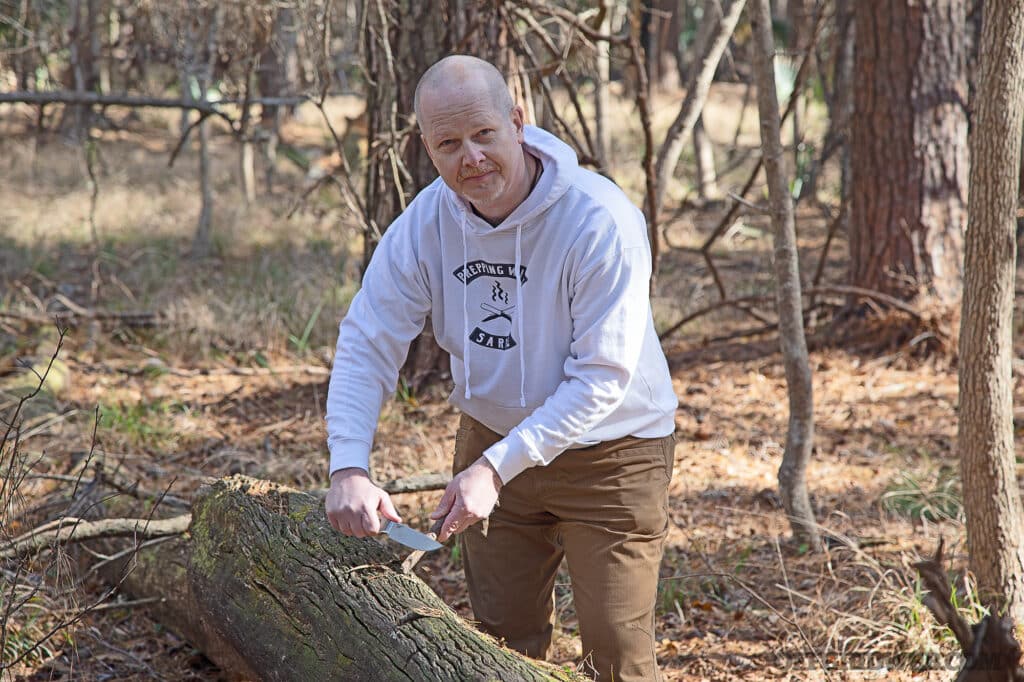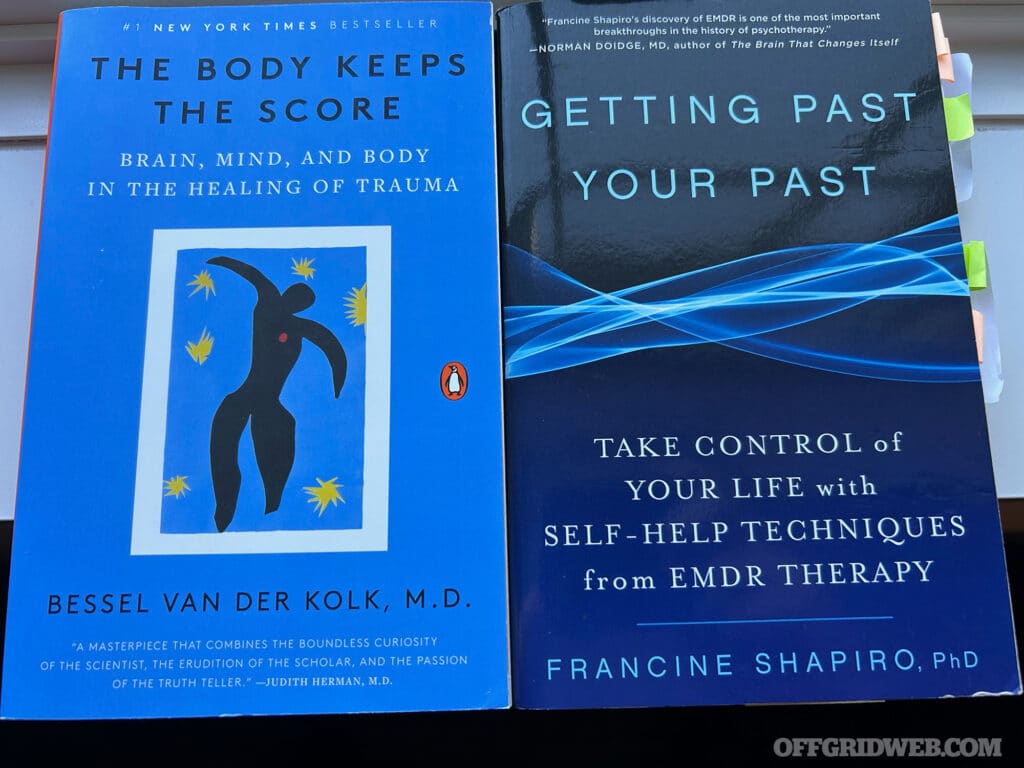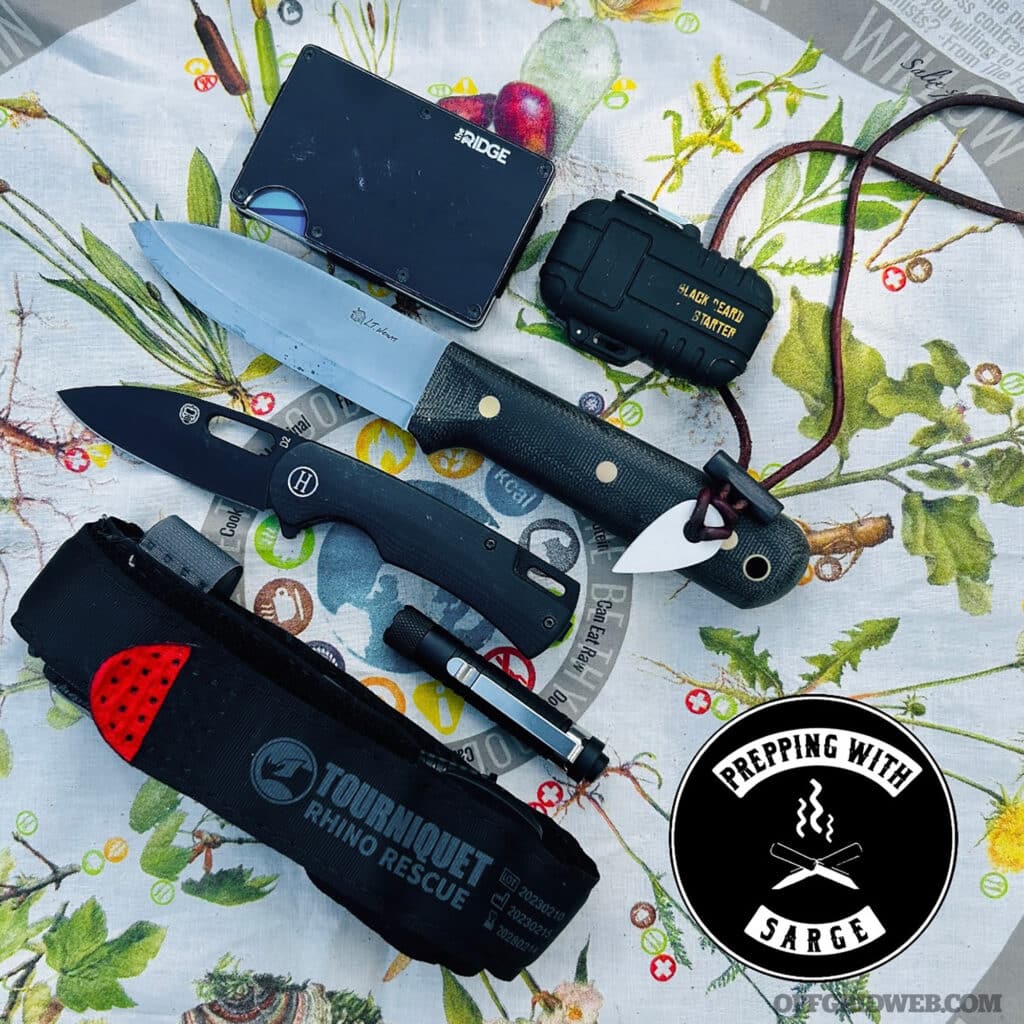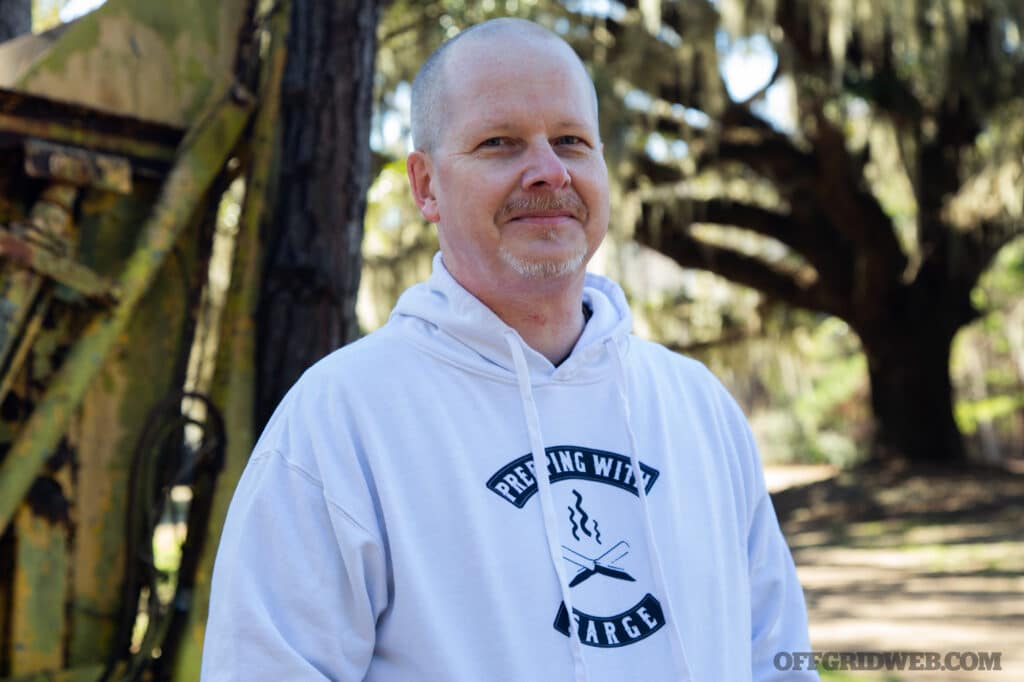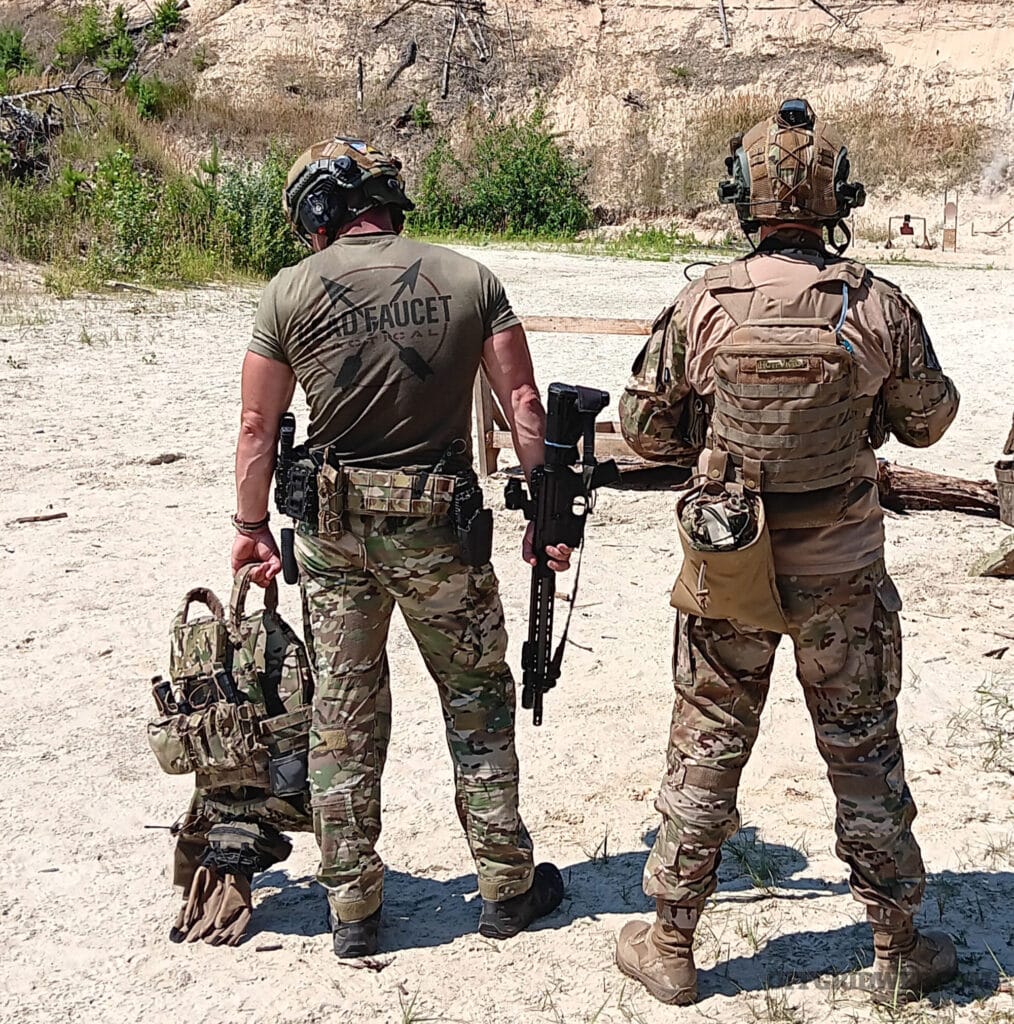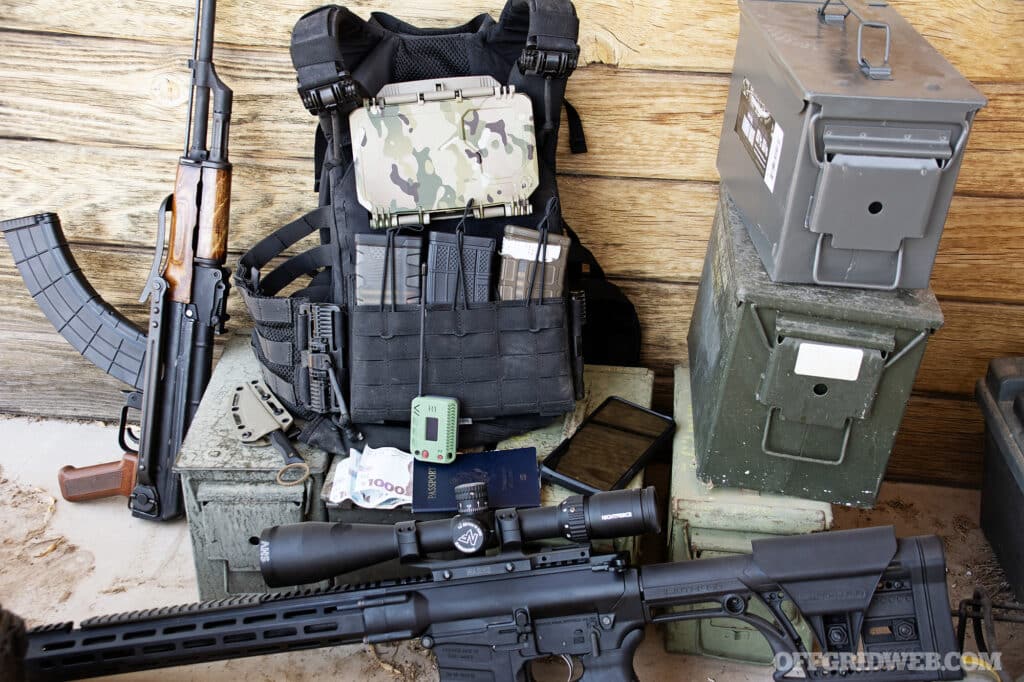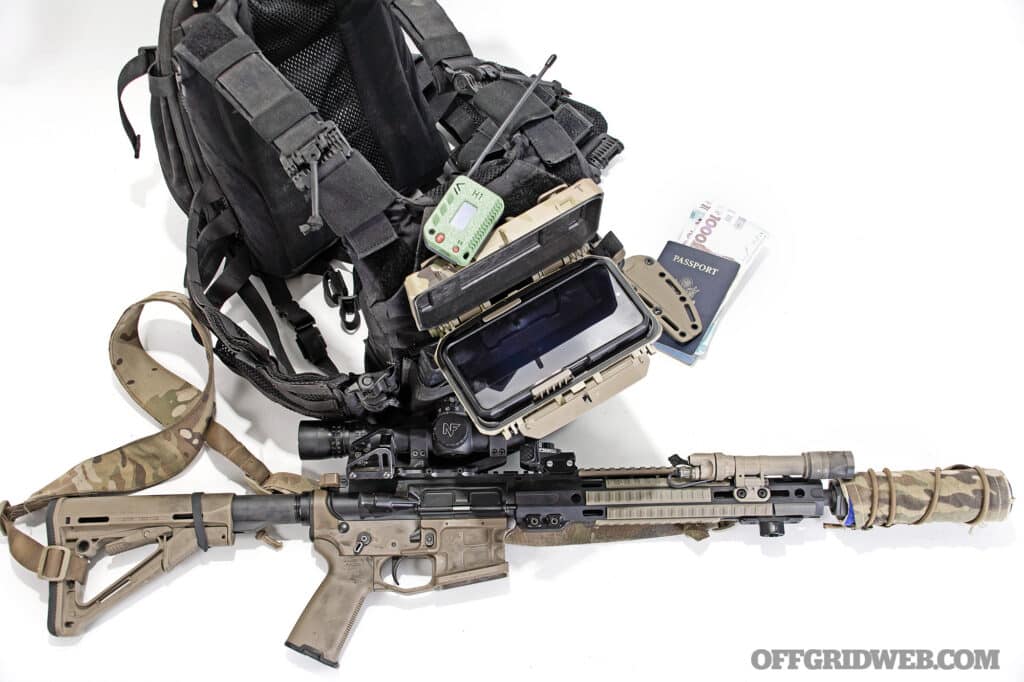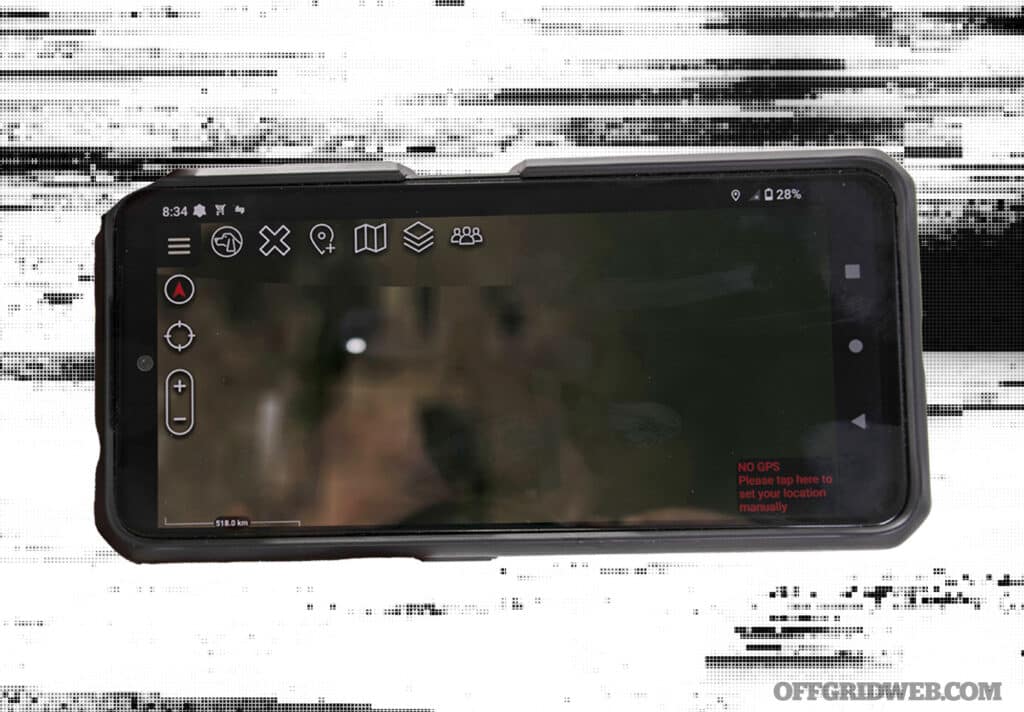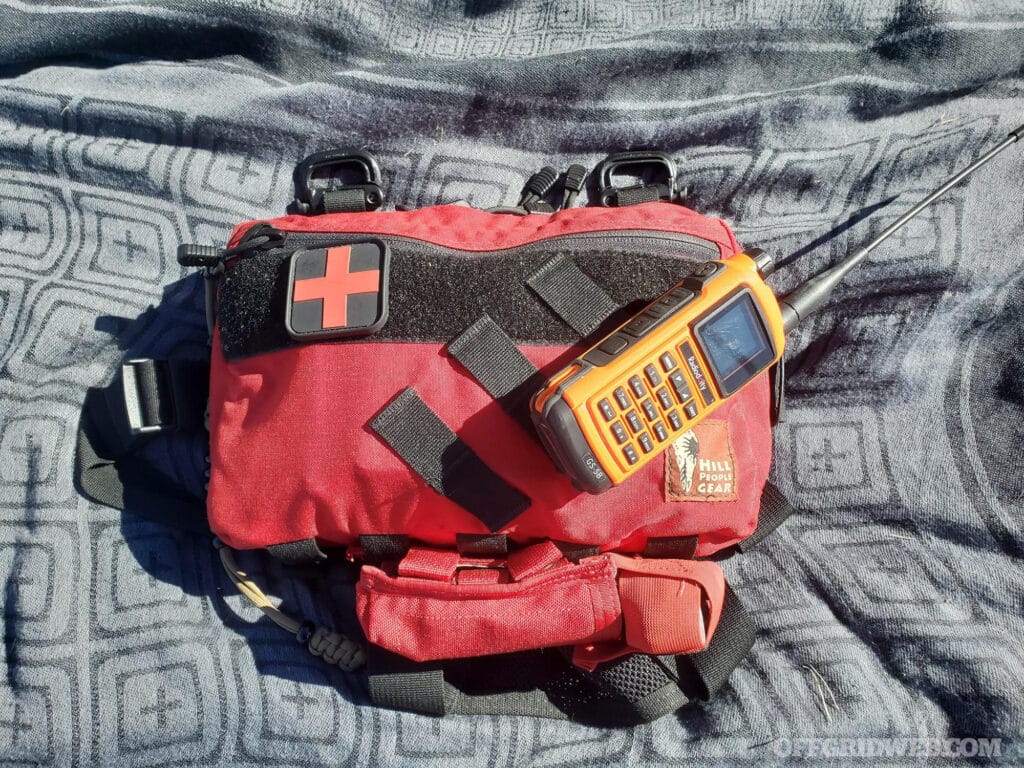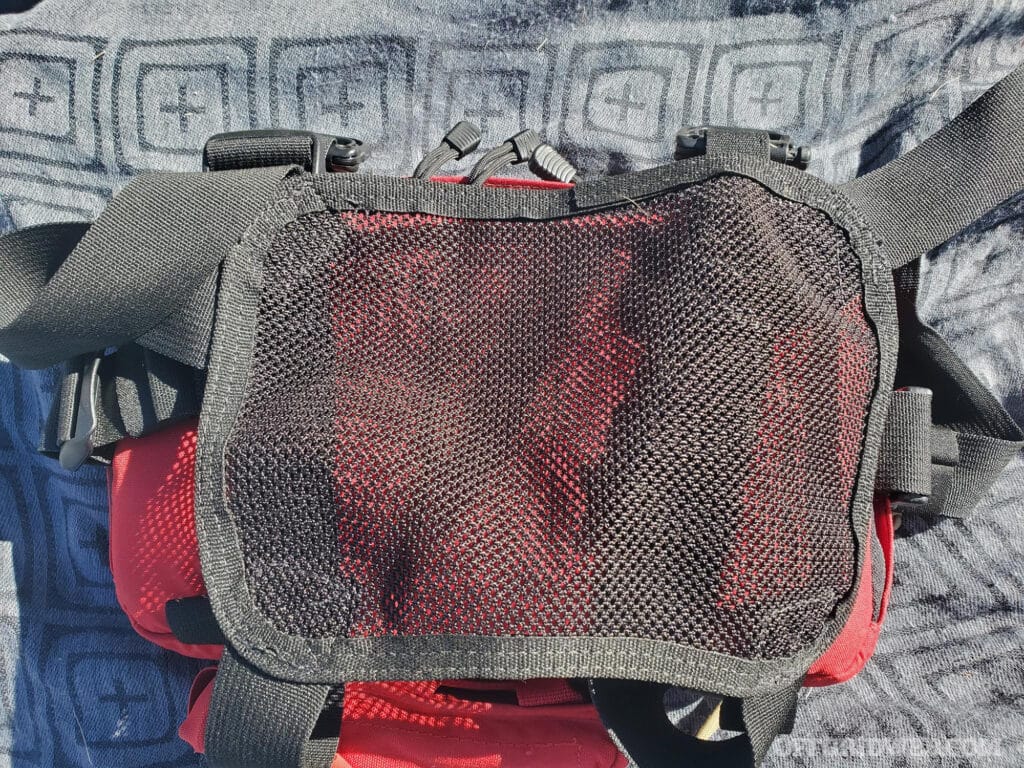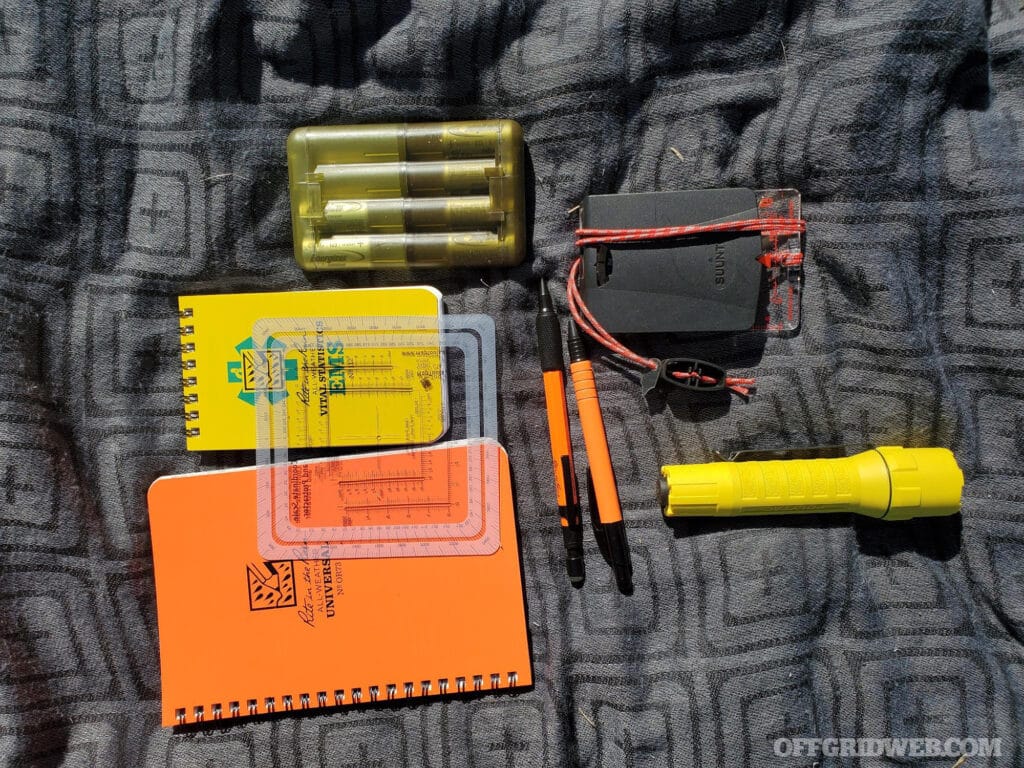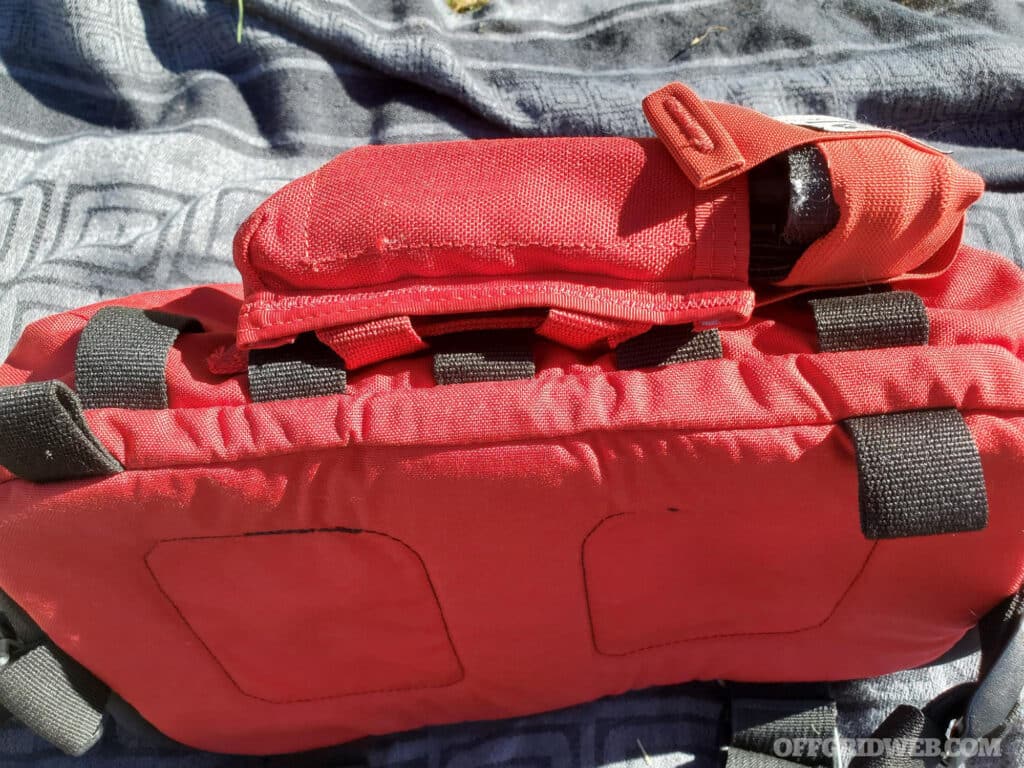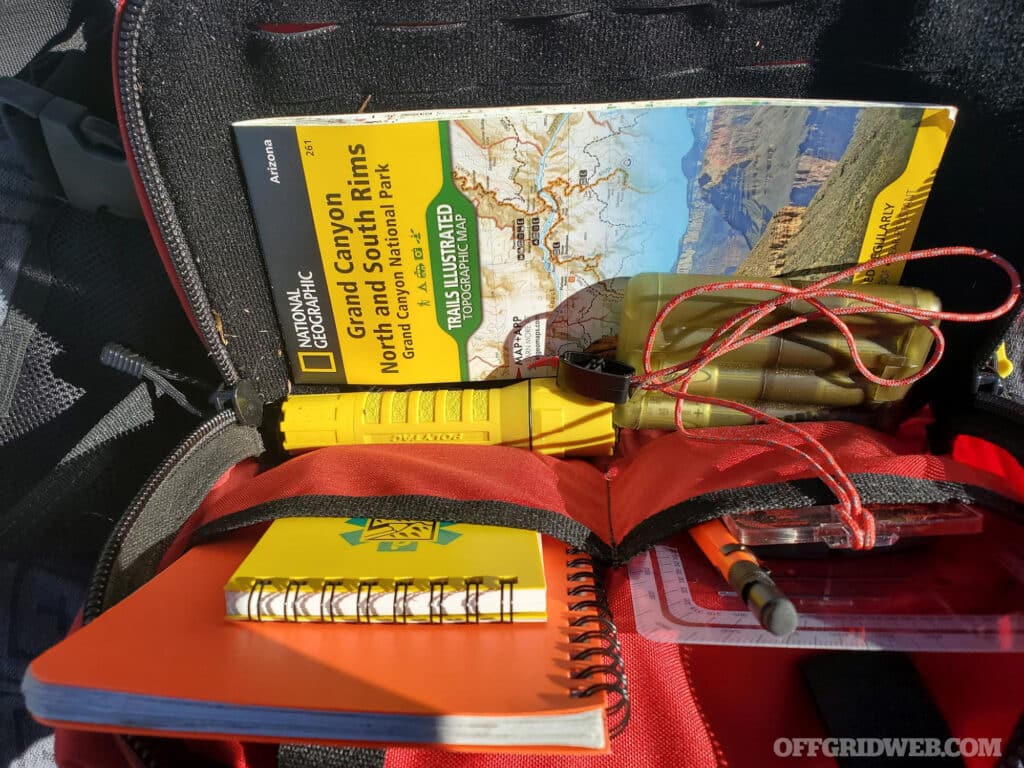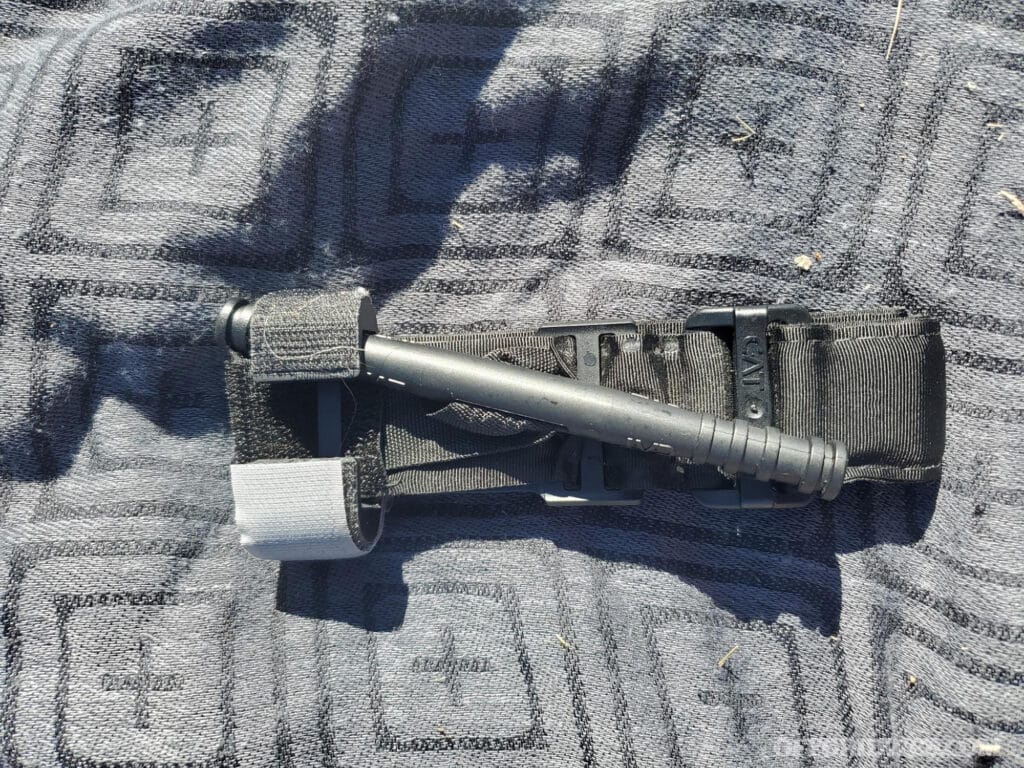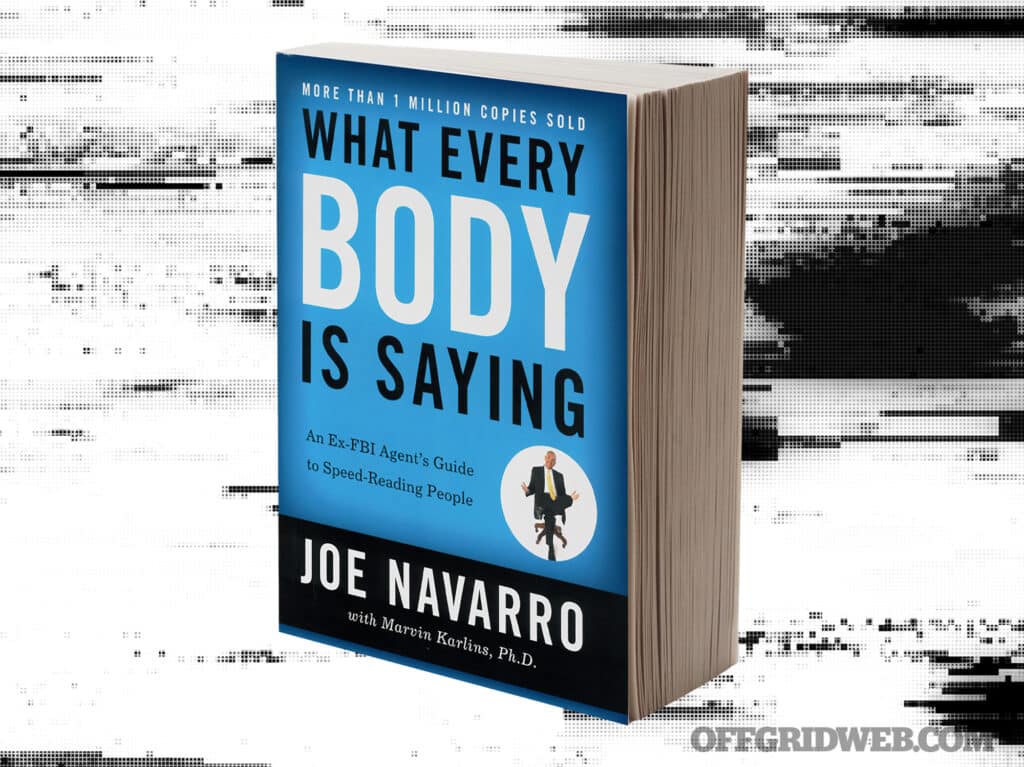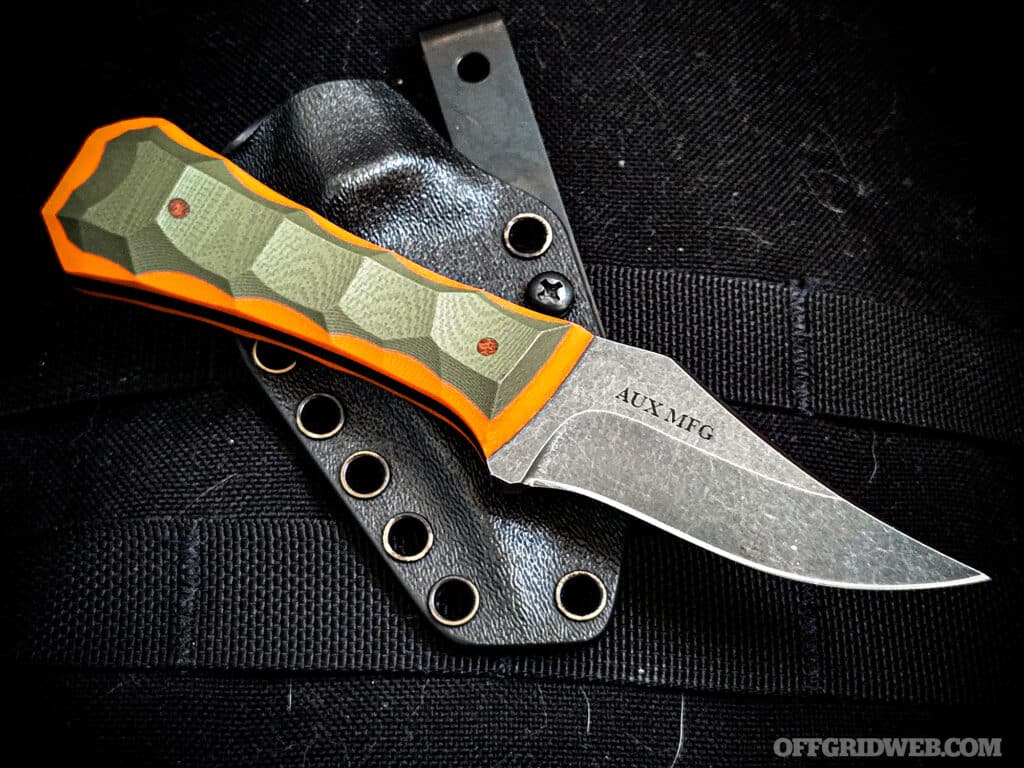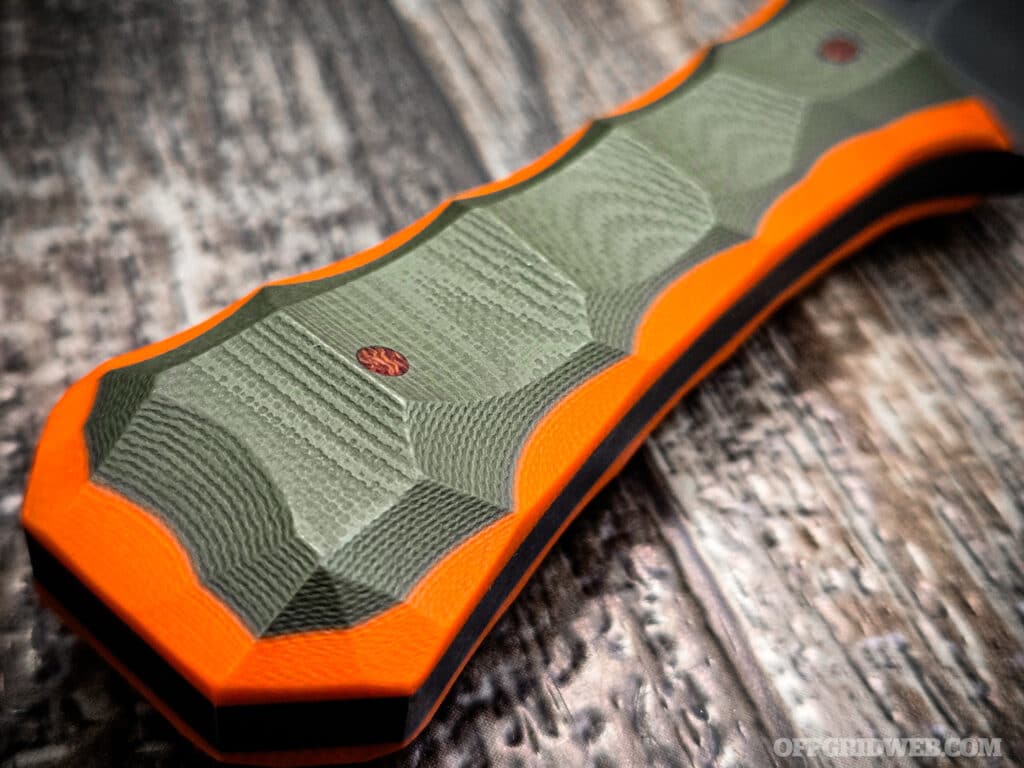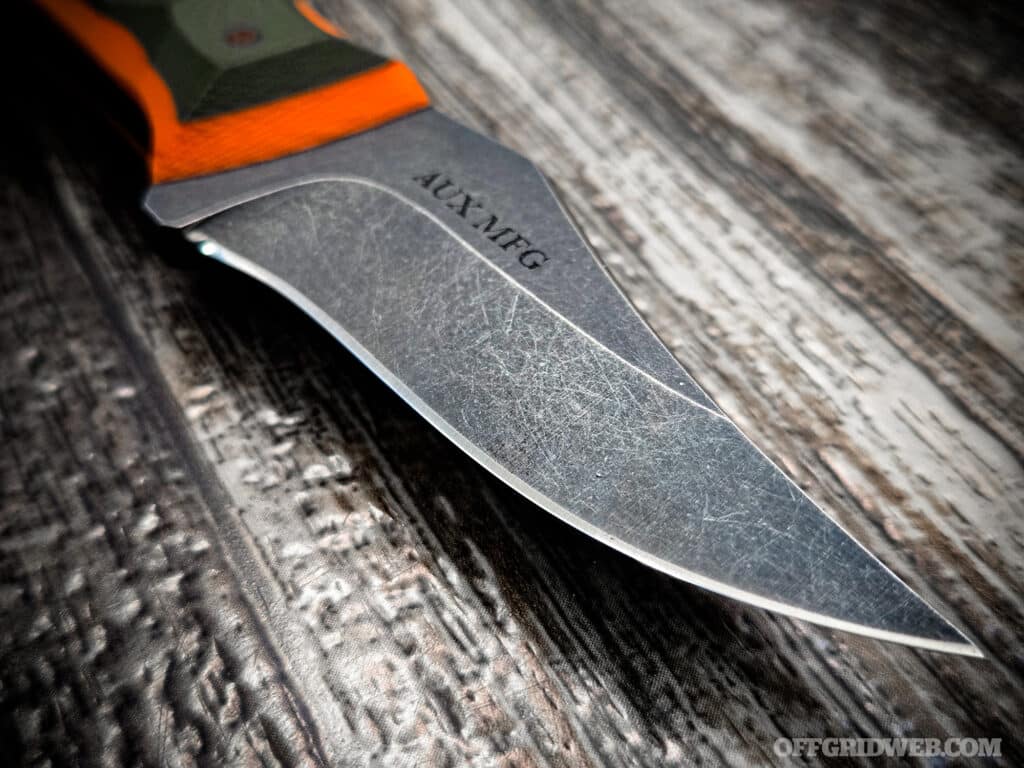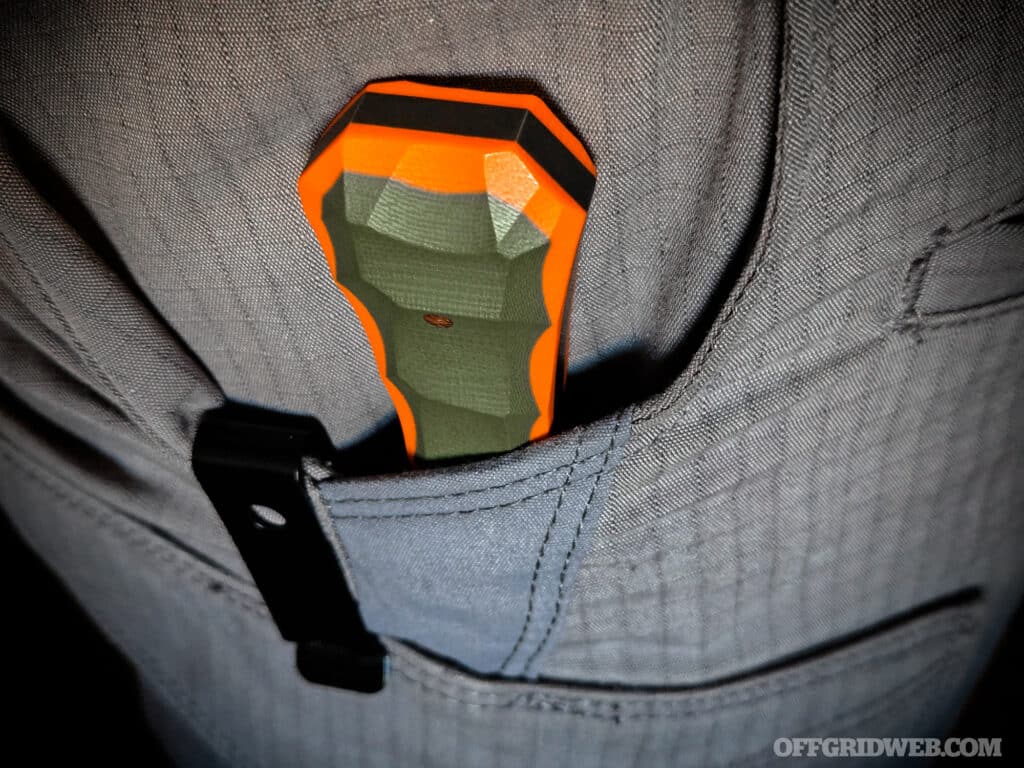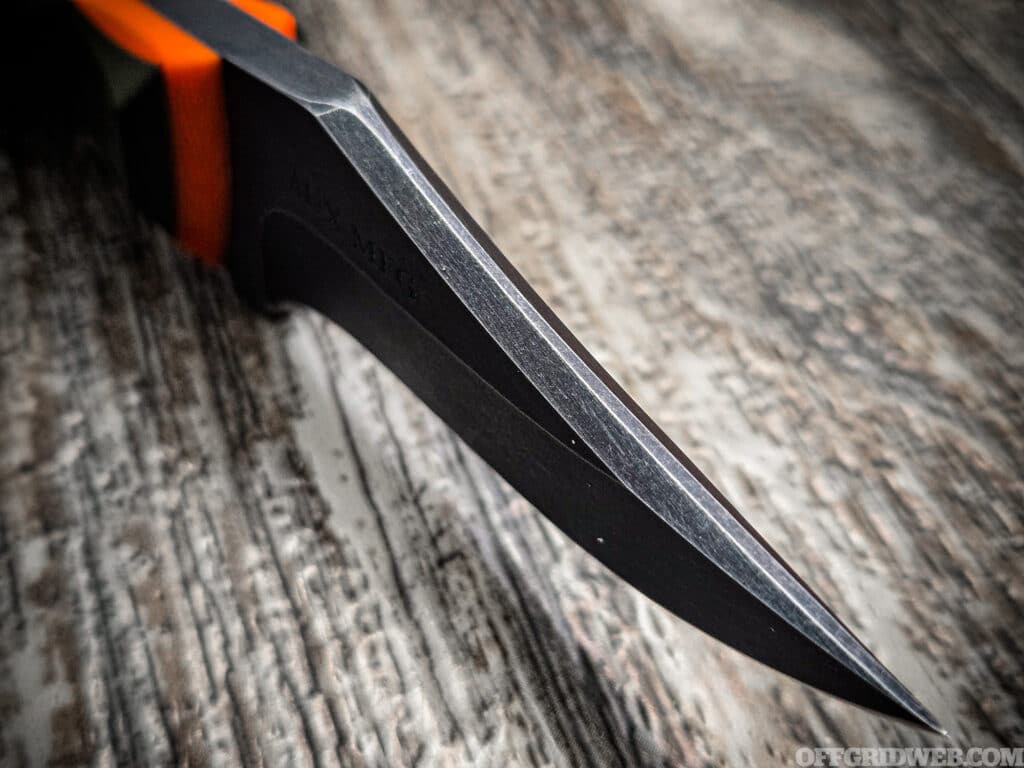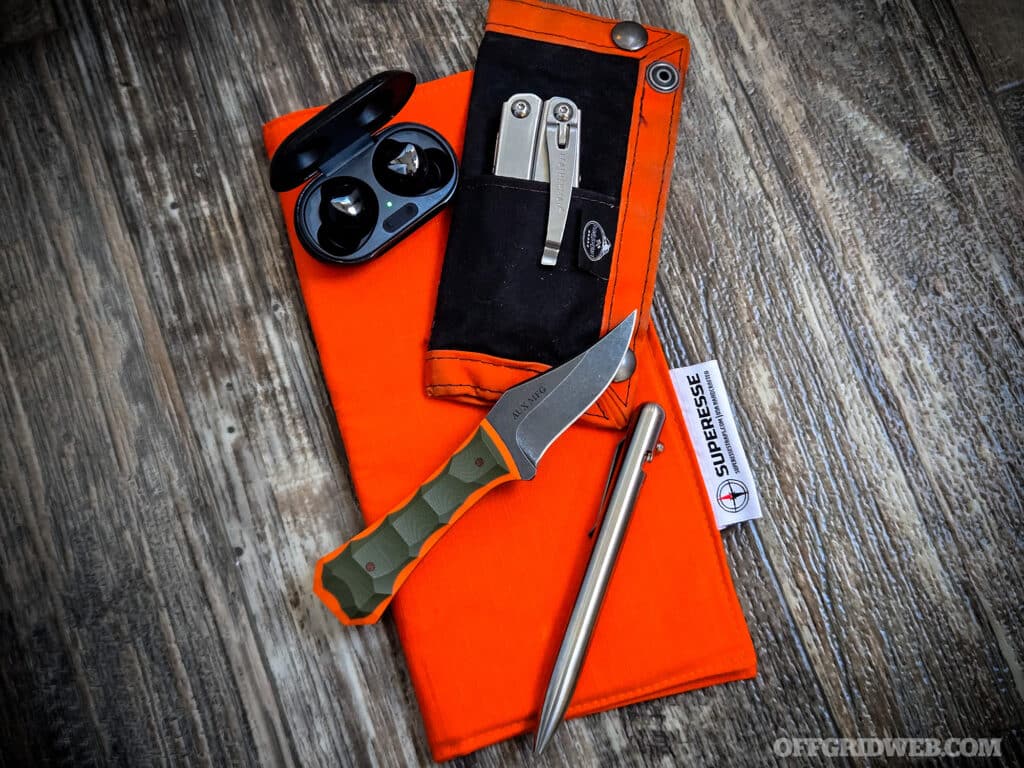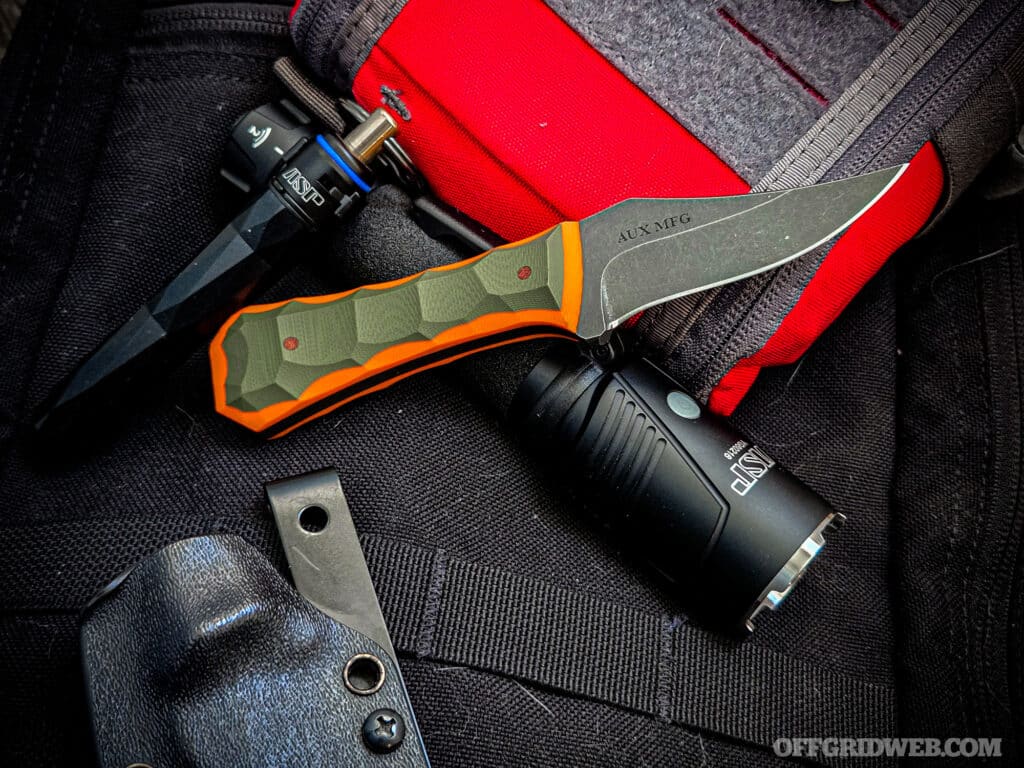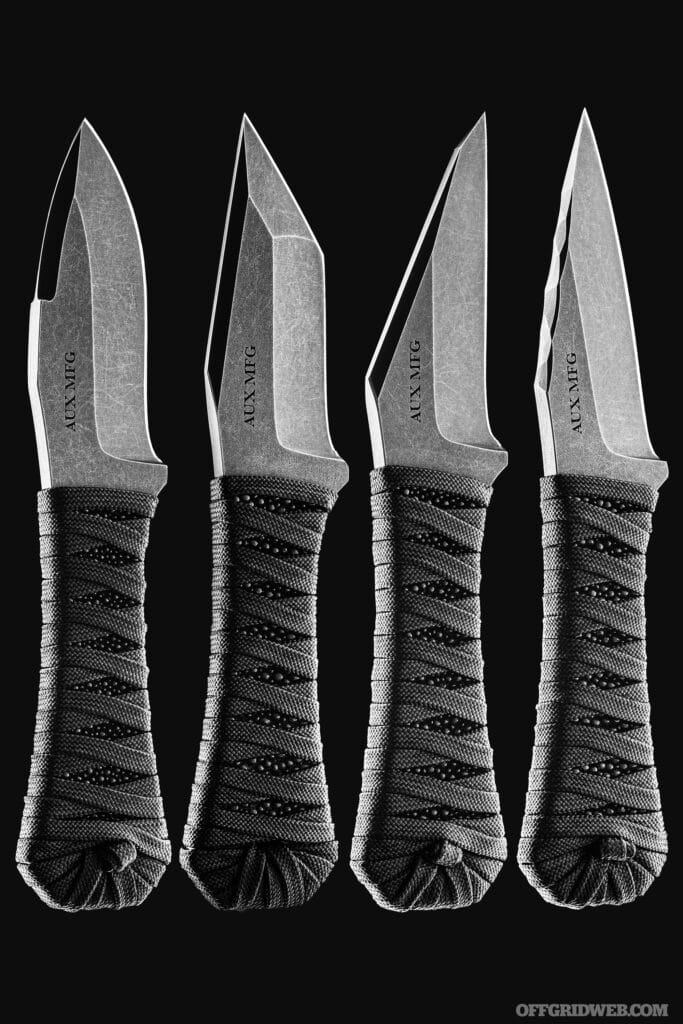In This Article
At first glance, you might think you’re looking at Billy Jack, the iconic martial arts character who graced our television sets in the 1970s, but Christopher Nyerges is just the opposite. He’s a soft-spoken Los Angeles native who first developed an interest in botany and wild foods at the age of 10 while visiting his father’s farm in Ohio. This eventually led him to create what’s now one of the oldest survival schools in the country. Officially started in 1974, the School of Self Reliance teaches skills ranging from wild food identification and cooking to primitive weaponry, orienteering, shelter construction, obtaining potable water, and much more. And of all places, it’s right in the heart of Los Angeles.
Nyerges isn’t just another survival instructor, he has written over 10 books, including the bestseller How to Survive Anywhere: A Guide to Urban, Suburban, Rural and Wilderness Environments. He has also been on several survival-related television shows, such as Doomsday Preppers and served as a consultant for Naked and Afraid. The School of Self Reliance offers a Self-Reliance Skills Specialist Certification to students who successfully complete enough courses.
I had the opportunity to attend one of Nyerges’ courses on securing water in an urban environment, which also included a segment on plant identification. One thing many people aren’t aware of is that Los Angeles is an extension of the Mojave Desert. Within the heavily developed Southern California ecosystem, there are still pockets of the raw rugged desert it once was before the cement city invasion.
A prime example of this is the Arroyo Seco area of Los Angeles, bordering Pasadena — a wash basin that has yet to be developed and runs 25 miles beyond the edge of the Angeles National Forest just below the famed Rose Bowl.

Students learn common plants in the southwest that can be foraged as a source of hydration.
Potable Water Sources and Plant ID
Nyerges starts off the morning session questioning students about water sources in Los Angeles and, if the grid was to go down, what their options would be — a discussion relevant to anywhere you might live. The session moved briskly with tabletop discussions and drawings about different ways to secure potable water in the urban jungle. Walking through Arroyo Seco, we were reminded to become aware of the edibles lying in plain sight. While others may be freaking out, you’ll be able to stroll down to your natural supermarket, quietly grab some grub, and get back home.
During our walk through the thick vegetation, it was amazing to see how many edible plants or vegetation are present in the arid landscape. Throughout the day we picked nettles, lamb’s-quarter, and mustard. Granted, this is no Gordon Ramsay spread, but it’s a meal for sure.
One memorable phrase we heard was, “When in doubt, do without.” In other words, know what you’re eating. At the end of the day, the edibles we collected would be used for a soup we’d be preparing. One thing that hit home is that the skills needed for wilderness survival have practical applications in an urban environment.
Walking along the trail, we came upon some desert cactus. It had been a while since I’d eaten this, but once you brush away the needles and peel the skin, it’s edible. Although not my first choice, with a little salt and pepper and a quick boil or sear on a grill, you’re good to go. Search online for “nopales recipe” to find a wide range of preparation techniques for this plentiful desert resource.
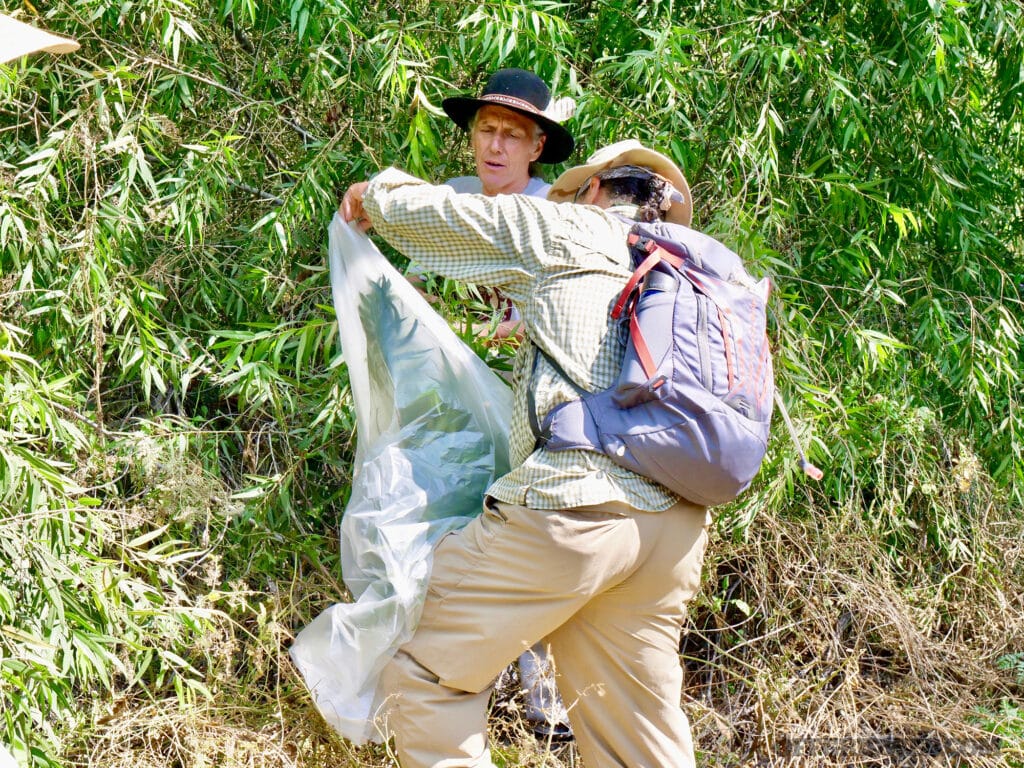
A thin sheet of plastic can also be used to extract and collect moisture from the ground by acting as a solar still.
Obtaining Potable Water: Transpiration Bag
Finding a suitable tree, we set up the first of our water catchment devices. A transpiration bag is a clear plastic bag used to collect transpiring water — moisture that escapes from green foliage such as leaves. As the leaves sweat, the humid air condenses, and moisture is caught in the bag.
The first step is placing a bag around the tree. After finding a suitable leafy branch, wrap a clear plastic bag around the branch, preferably in full sun, then tie it off at the base and wait. The pint or so of water recovered over the course of several hours wasn’t much in the large scheme of things but left for 24 hours and placed over several trees, you’ll have a slow-but-reliable source of potable water. The one drawback is that a transpiration bag needs to be moved every 24 hours. Ideally, this system works best with a willow tree; however, oak is another common tree with a high rate of transpiration.
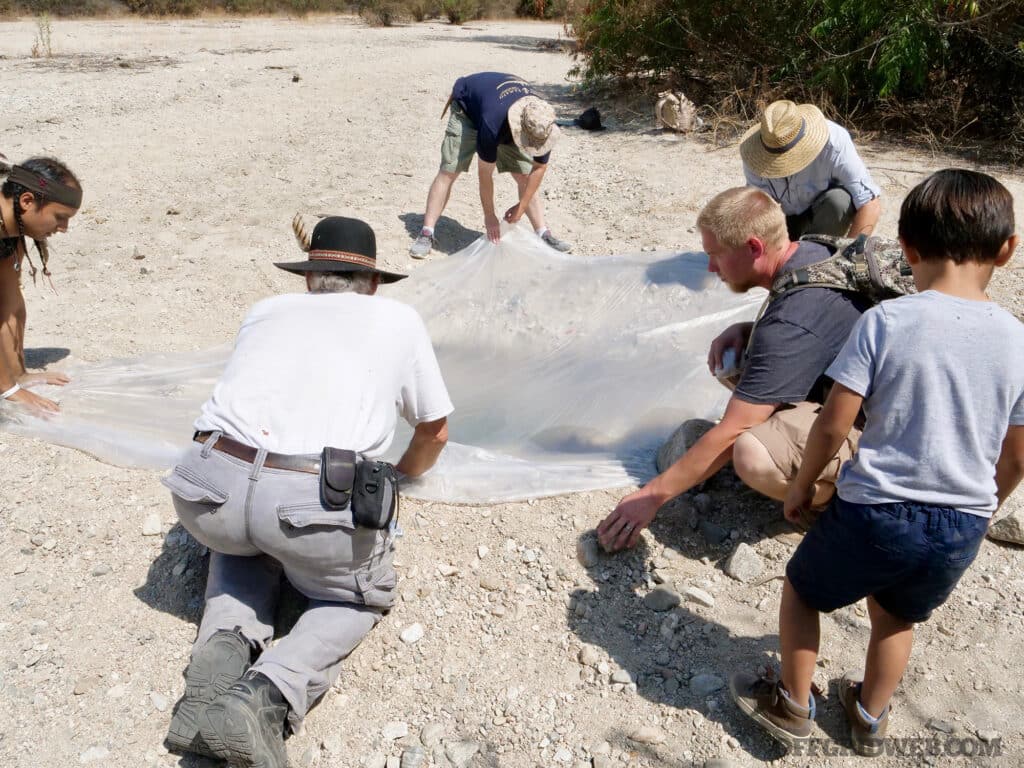
A solar still can collect moisture as it evaporates from the ground, providing thirst-quenching water in larger quantities.
Obtaining Potable Water: Desert Solar Still
The “desert solar still” involves a process whereby you construct an approximately 3-foot-deep-by-3-foot-wide hole in the ground, covered with a large sheet of clear plastic. A cup or container is put in the middle of the hole to catch the water, with a small stone on the plastic above it to allow condensation to run into the cup. When constructing a desert solar still, Nyerges says the focus should be at the bend or curve in a dry riverbed. This is where water tends to back up and pool, thus offering an easier time to dig into potentially damp soil.
Comparing the transpiration bag to the solar still, we certainly received more potable water from the bag at a faster rate than we did with the still. Keep in mind, if you construct this in combination with other setups at several locations, things will start to look good.
How Much Potable Water a Day Does a Person Truly Need?
I’ve always been taught that we need at least 1 gallon of potable water per day per person. However, in this class it increased to 11 gallons of water per day, per person. Seems like a lot, right? Nyerges stated that by the time you use water in a cook pot throughout the day, clean yourself and your dishes, and stay fully hydrated in an arid environment, 1 gallon is nowhere near enough.
It’s certainly more than you could ever hope to obtain from the emergency transpiration bag and solar still methods — those can keep you alive in truly dire situations, but that’s all. Generally, the more water you can procure, the better.
When a catastrophic event happens, we see people fighting at the store for potable water and supplies. Let’s look at both obvious and not-so-obvious sources of larger quantities of water in the urban environment.
Obvious Sources
Swimming pools: Throughout our neighborhoods we have swimming pools with thousands of gallons of water. Work with your neighbors and talk about water sources. Yes, there are chemicals such as chlorine and/or salt in pools, and most water filters and purifiers are not able to remove these harmful dissolved substances. However, much like seawater, pool water can be distilled to separate pure water vapor from chemicals. A purpose-built metal still can be used, or you can simply use a glass to catch the steam emitted from a boiling kettle.
Water heaters: The average home water heater has 40 gallons of usable water in it. Flushing your water heater regularly, as recommended by the manufacturer, will limit the amount of sediment you’ll need to filter out of its contents.
Toilet tanks: The first thought is “there’s no way,” but keep in mind that a flushed toilet fills with tap water and holds up to seven gallons. Unlike the bowl, the toilet tank should be relatively clean, and you can easily boil and/or filter its contents just to be safe.
House pipes: To keep pipes from freezing in the colder environments, we turn the water off when we leave and drain the pipes. But even when water stops at the street main, we still have a fair amount of water in the pipes, and this is a space we often don’t think about. Open a faucet on the lowest level of the house, and it should run for a minute or two before the trickle ceases.
Stored water: From bottled water to outside water barrels and catchments, abandoned homes or buildings often contain these sources. Keep in mind that “borrowing” water that doesn’t belong to you should only be used as an absolute last resort in without-rule-of-law disasters.
Reservoirs: Most cities have some form of a water drainage basin or a reservoir. Know where yours are and be ready to use it if necessary.
Not-So-Obvious Sources
Rainwater: During an emergency, John Q. Public focuses on bottled water or the lack thereof. If you’re in a rainy environment or a hurricane situation, put out storage drums to collect water.
Tubs: In unfolding disasters, you may have enough advance notice to fill your bathtub with tap water. Tub-shaped water bags are available for long-term storage.
Wells: See our article, “Well Informed” in Issue 35, for the various types and how they operate.
Ocean Water
There have been discussions about using ocean water, and you’ve probably heard the stories of people in survival situations stranded in the middle of the ocean drinking saltwater with undesirable outcomes. Drinking ocean water is just not an option since it’s full salinity. Like pool water, it can be distilled to harvest freshwater vapor. It could also be used in a pinch to extend rationed fresh potable water supplies.
Famed explorer Thor Heyerdahl journaled his consumption of diluted seawater in his epic voyages. Through trial and error, his sailors came up with a ratio of around 60/40 — 60-percent clean water to 40-percent ocean water. This level of sodium won’t be pleasant or good for your health long-term, but the combination sustained Heyerdahl’s crew with no immediate ill effects throughout multiple journeys. Beyond its salinity, the water at urban beaches may be polluted with chemical runoff and sewage, so this is another risk that must be considered.
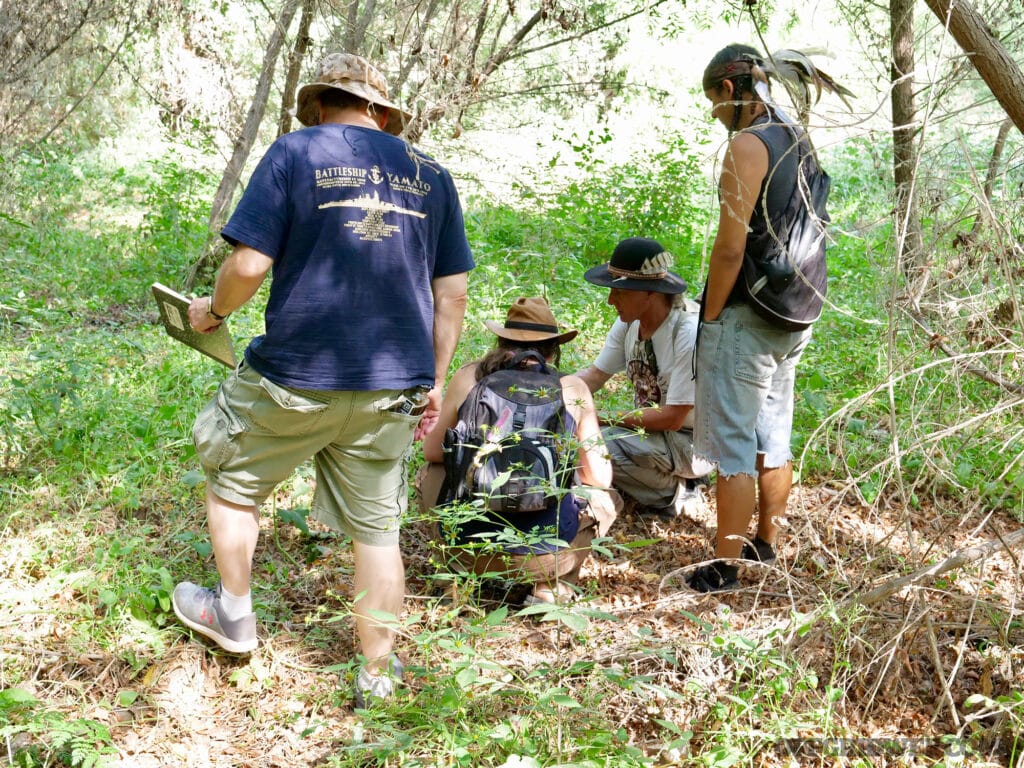
Learning to ID plants from a local expert is crucial to safely foraging for wild edibles.
Final Test
The end of the day came with the class preparing a soup with the edibles picked throughout the day. We built small fires and added the ingredients with a bit of household spices. Much to my surprise, it was really good. Following that, a test of the day’s knowledge was handed out. I hated school, but my enjoyment of this class made the test feel less academic.
Conclusion
Countless survival schools have come and gone over the years. When asked why he feels his has lasted so long, Nyerges simply says, “I love what I do, and I feel it’s important for us to be connected to earth. If it was about money or prestige, I would have found something else to do.”
With Los Angeles’ history of earthquakes and mudslides, the experts say it’s only a matter of time till the big one hits. Surrounded by urban sprawl and the 10 million residents of Los Angeles County, the value of taking a class like this is truly immeasurable.
Sources
Read More
Don’t miss essential survival insights—sign up for Recoil Offgrid’s free newsletter today!
- Hands On: Clean Water To Go with the Grayl Geopress
- Water Purification: Common Contaminants and Methods to Eliminate Them
- Survival Water Filter: Pure Hydration
- CANA Provisions AR-1: A Portable Water Pump for Overlanding and Survival
Check out our other publications on the web: Recoil | Gun Digest | Blade | RecoilTV | RECOILtv (YouTube)
Editor’s Note: This article has been modified from its original version for the web.

